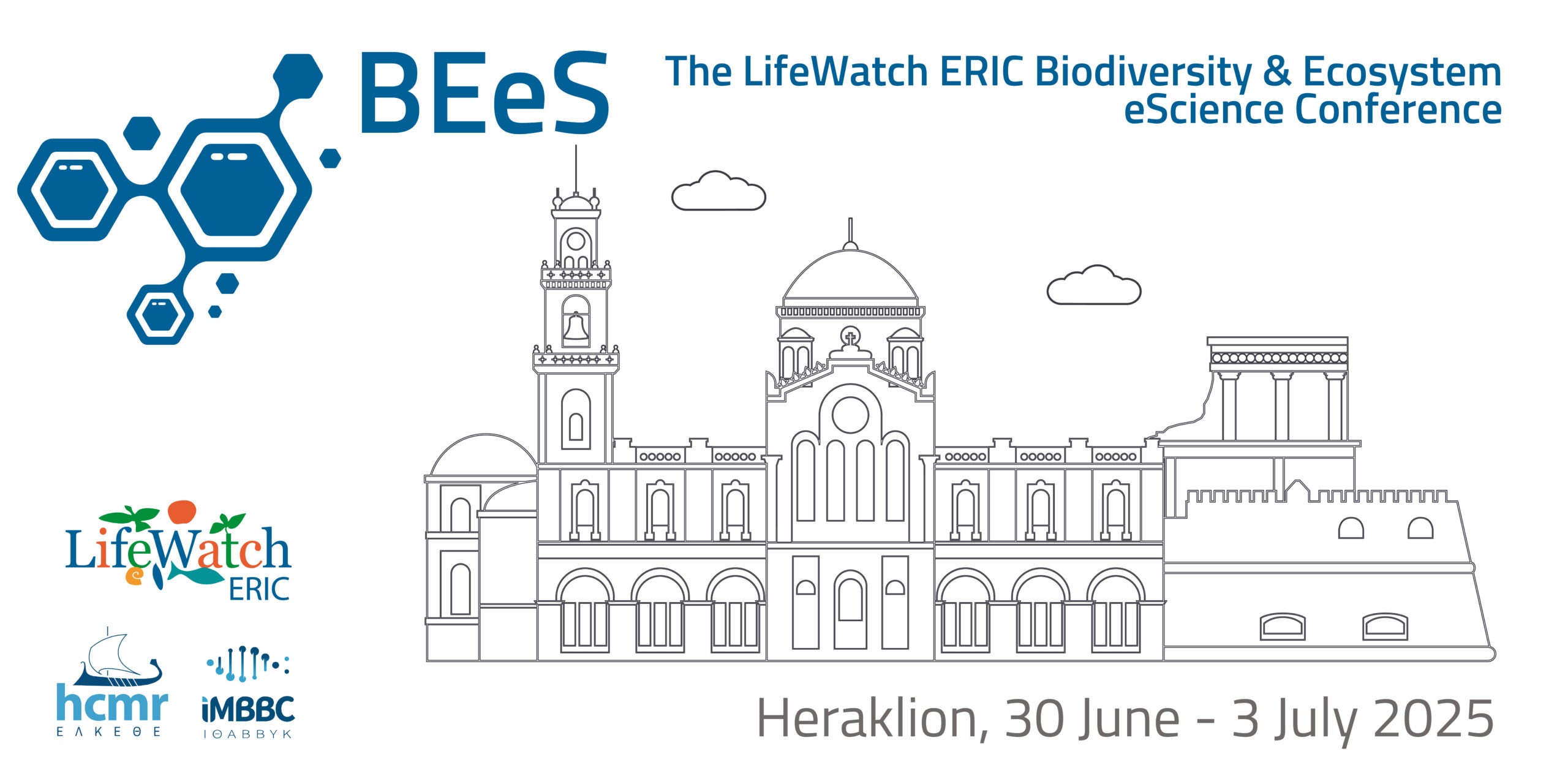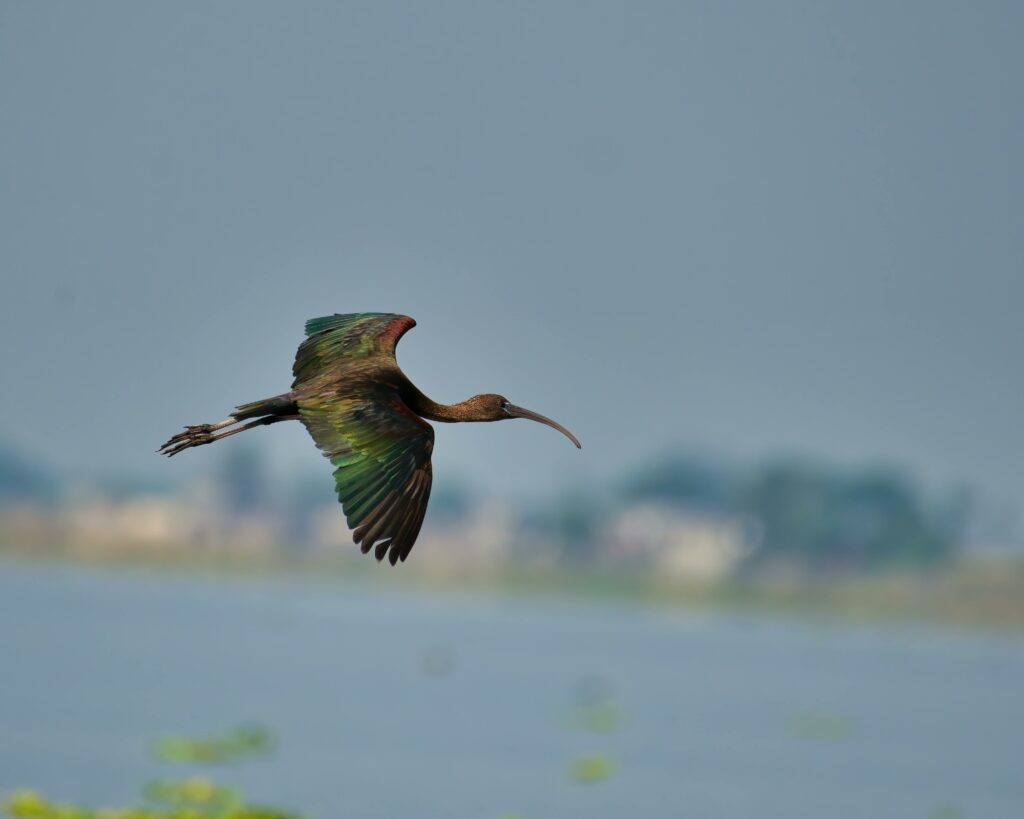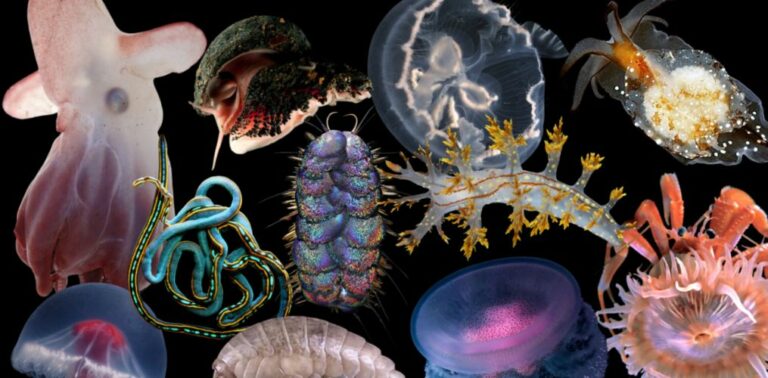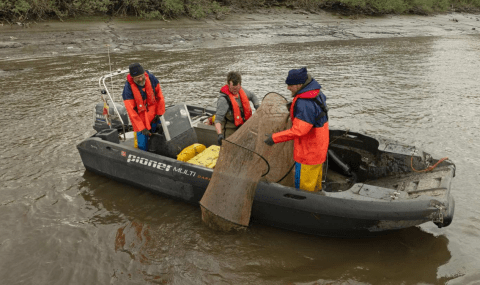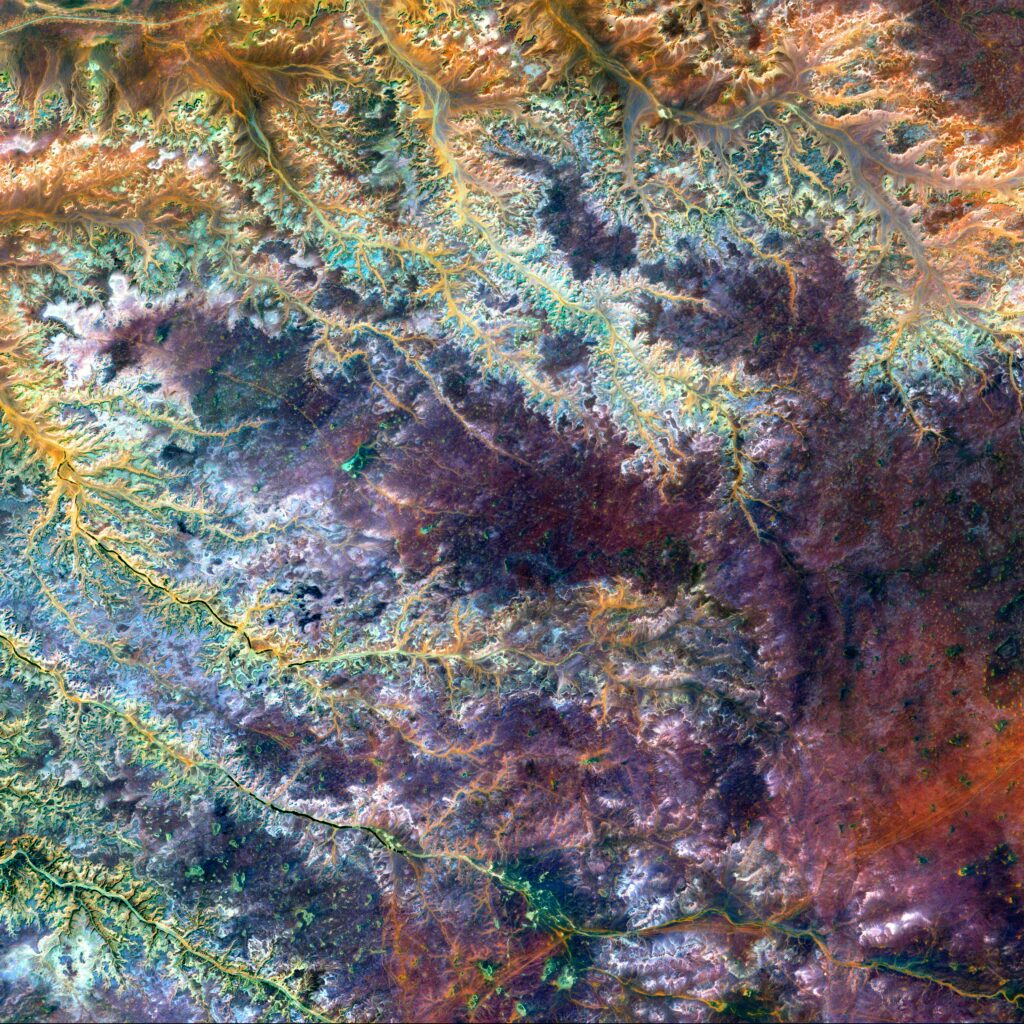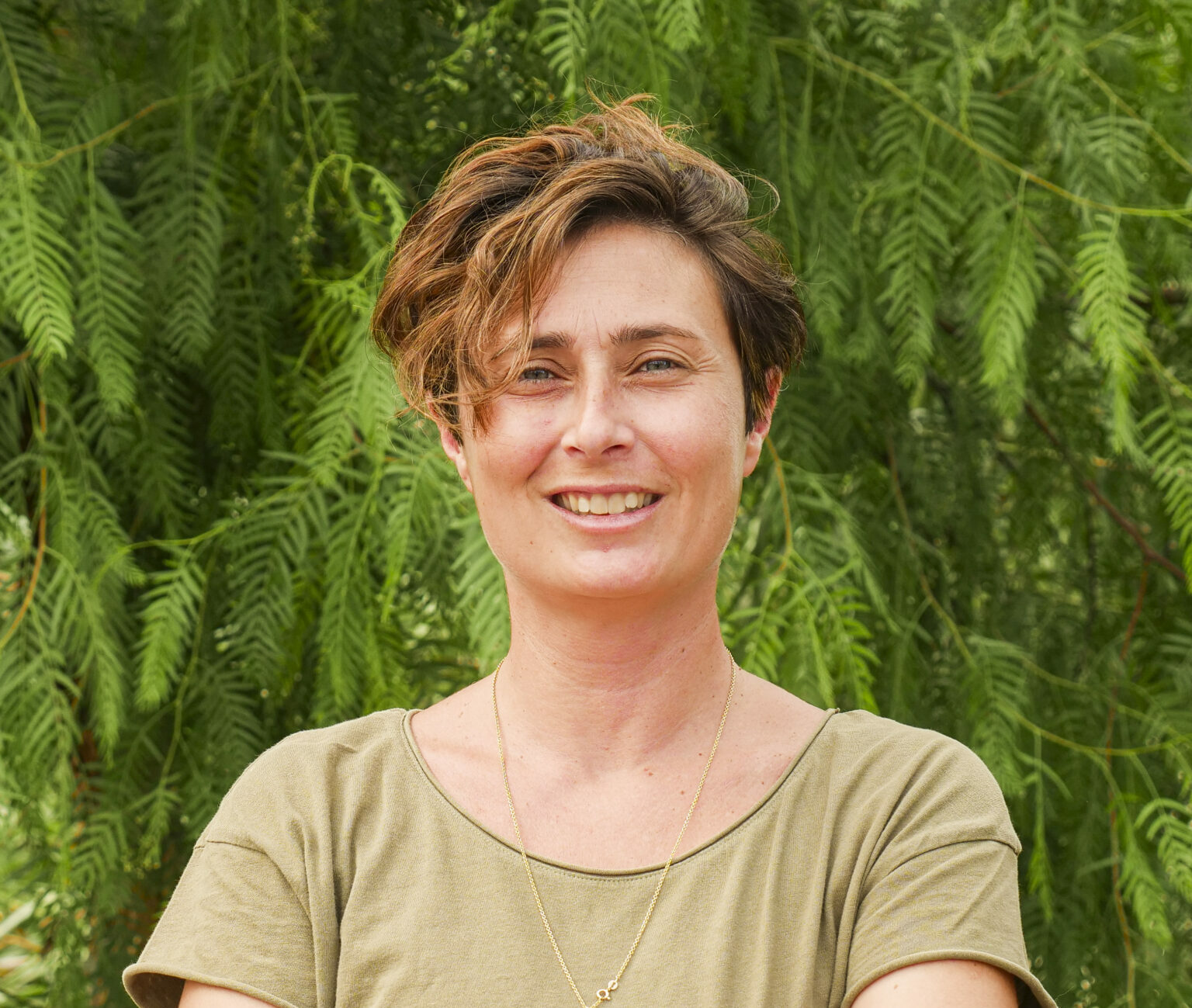LifeWatch ERIC thematic service on Biogeography | Presenter: Alessandro Chiarucci, University of Bologna | Download
Biogeographical monitoring of Europe’s islands: harnessing opportunities for multiple wins | Presenter: Richard Field, University of Nottingham | Download
BiCKL The Biodiversity Knowledge Hub traverses obstacles to FAIR and linked biodiversity data usage | Presenter: Teodor Georgiev, Pensoft Publisher
Cataloguing for findability: software tools, workflows, and learning materials for biodiversity and ecology research | Presenter: Matúš Kalaš, University of Bergen, and ELIXIR Norway | Download
The Linnean Approach to Nomenclatural Accuracy: A Framework for Enhancing Taxonomic Harmonisation in Biodiversity Records | Presenter: André Menegotto, University of Sheffield
Integrated checklist of marine annelids along the Salento Peninsula unravels gaps of knowledge in their diversity and distribution | Presenter: Joachim Langeneck, CoNISMa | Download
Global Orchid Diversity in the Mediterranean Biome: identifying hotspots and exploring automated extinction risk assessment with deep neural networks | Presenter: Michele Lussu, University of Bologna | Download
Mapping past elevation bounded biogeographic systems at continuous temporal scale | Presenter: Johannes De Groeve, University of Amsterdam
Integrating Biologging Data and Destination Earth Digital Twins for Marine Conservation and Sustainable Fisheries: The Global Fish Tracking System (GFTS) | Presenter: Tina Odaka, Ifremer | Download
Insect-flower interactions in the Mediterranean area: a Citizen Science dataset collated within the LIFE 4 Pollinators project | Presenter: Marta Barberis, University of Bologna | Download

